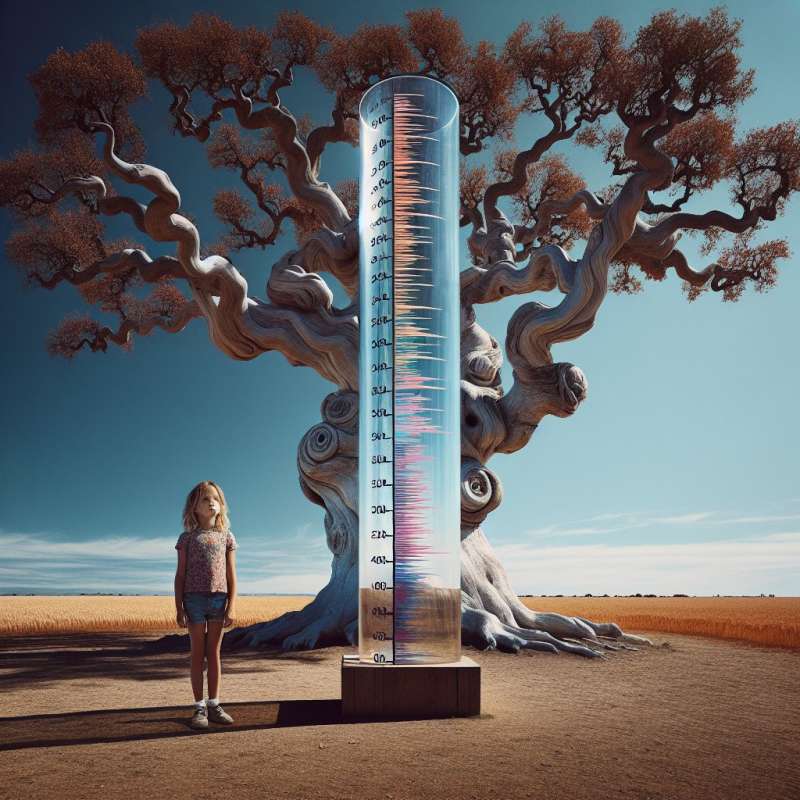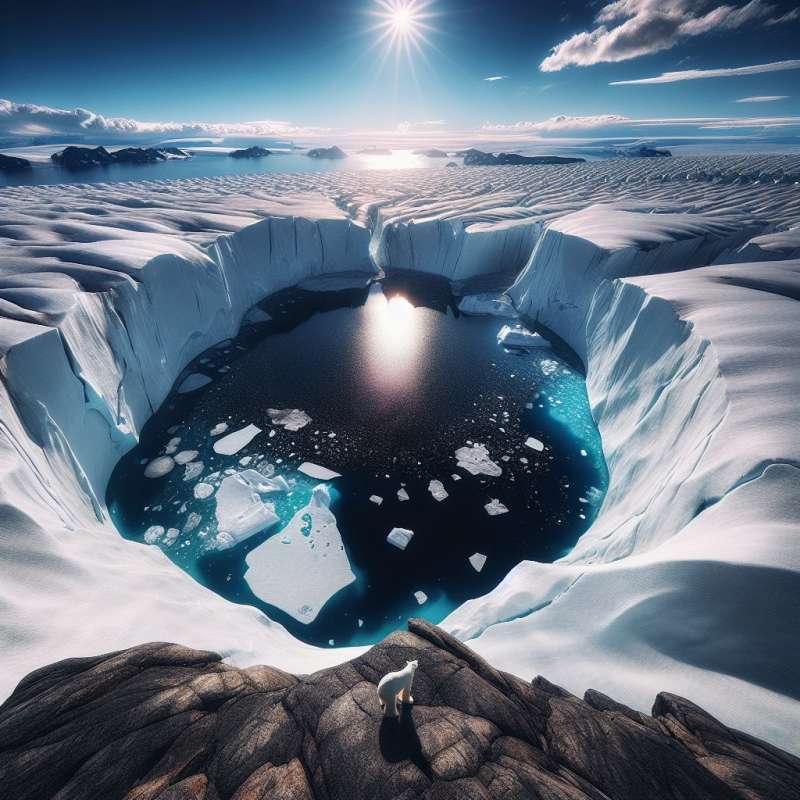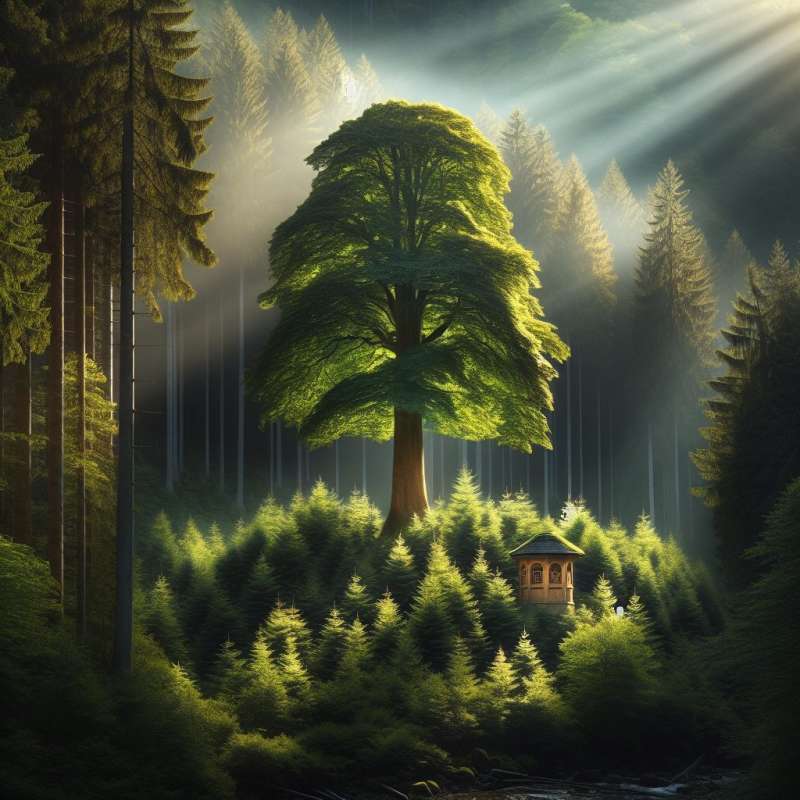
Climate Basics Unveiled
Earth's climate system is incredibly complex, involving atmospheric layers, ocean currents, and terrestrial ecosystems, all interconnected through the energy balance with the sun.
Historical CO2 Fluctuations
Throughout Earth's history, CO2 levels have fluctuated naturally. However, since the Industrial Revolution, human activities have increased atmospheric CO2 from 280 to over 410 ppm.
Ocean Acidification Revealed
Oceans absorb about 30% of emitted CO2, leading to acidification. This subtle pH change disrupts marine life, affecting shell formation in organisms like corals and mollusks.
Permafrost's Hidden Impact
Thawing permafrost releases methane, a potent greenhouse gas. This feedback loop can accelerate warming, yet the extent of permafrost carbon stocks remains a wild card in climate models.
Greenland's Ice Paradox
Greenland's ice sheet is melting, contributing to sea level rise. Surprisingly, the meltwater forms dark pools that absorb more sunlight, further accelerating the ice loss in a self-reinforcing cycle.
Clouds' Climate Conundrum
Clouds have a dual role in climate: high, thin clouds trap heat, while low, thick clouds reflect sunlight. Their net effect on global warming is one of the largest uncertainties in climate predictions.
Forests' Climate Services
Forests sequester carbon but are threatened by deforestation and climate-induced wildfires. Surprisingly, they also create biogenic volatile organic compounds (BVOCs) that have a cooling effect on the atmosphere.
What increases atmospheric CO2 since Industrial Revolution?
Ocean currents fluctuation
Human activities
Natural CO2 fluctuations
Company